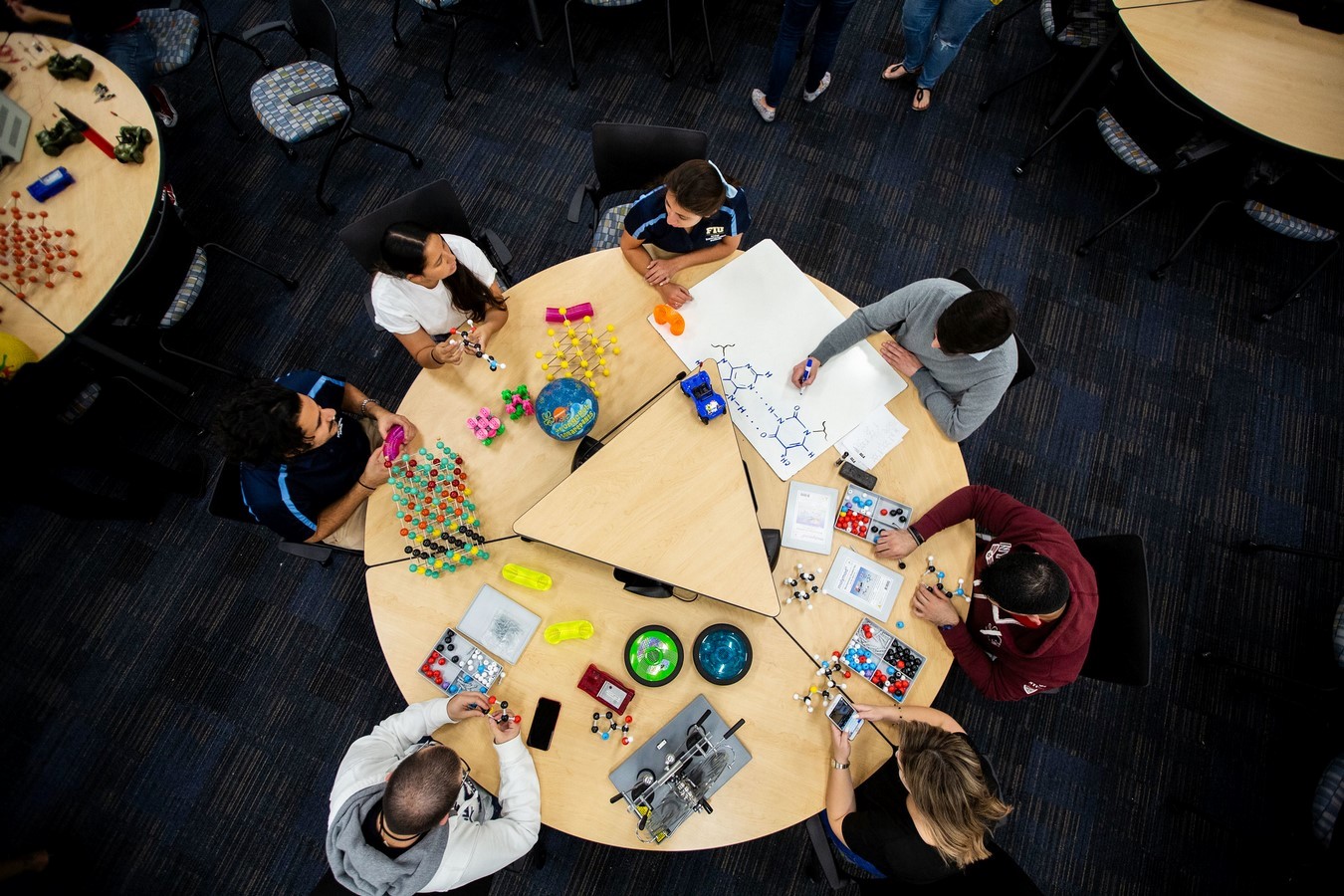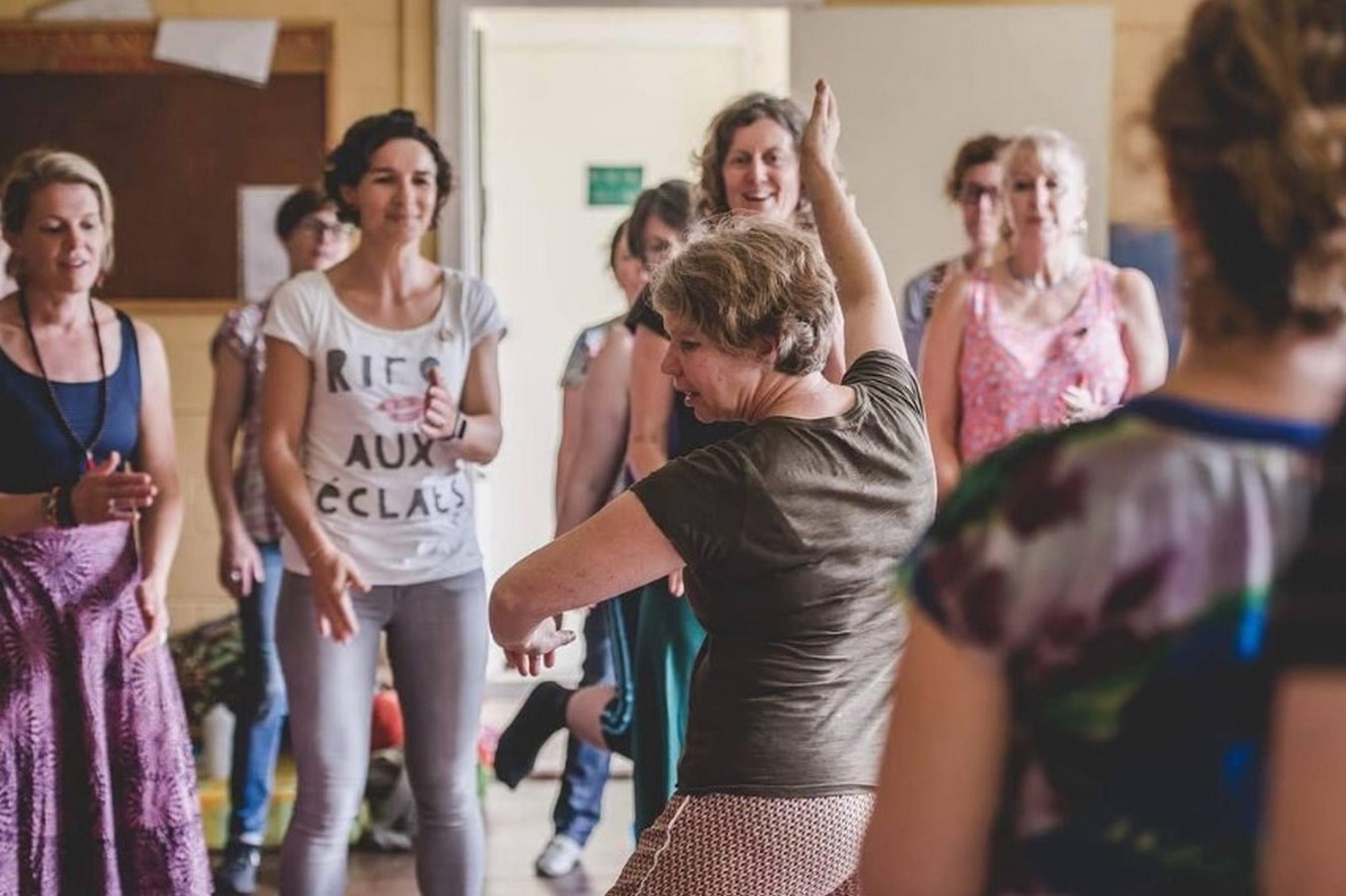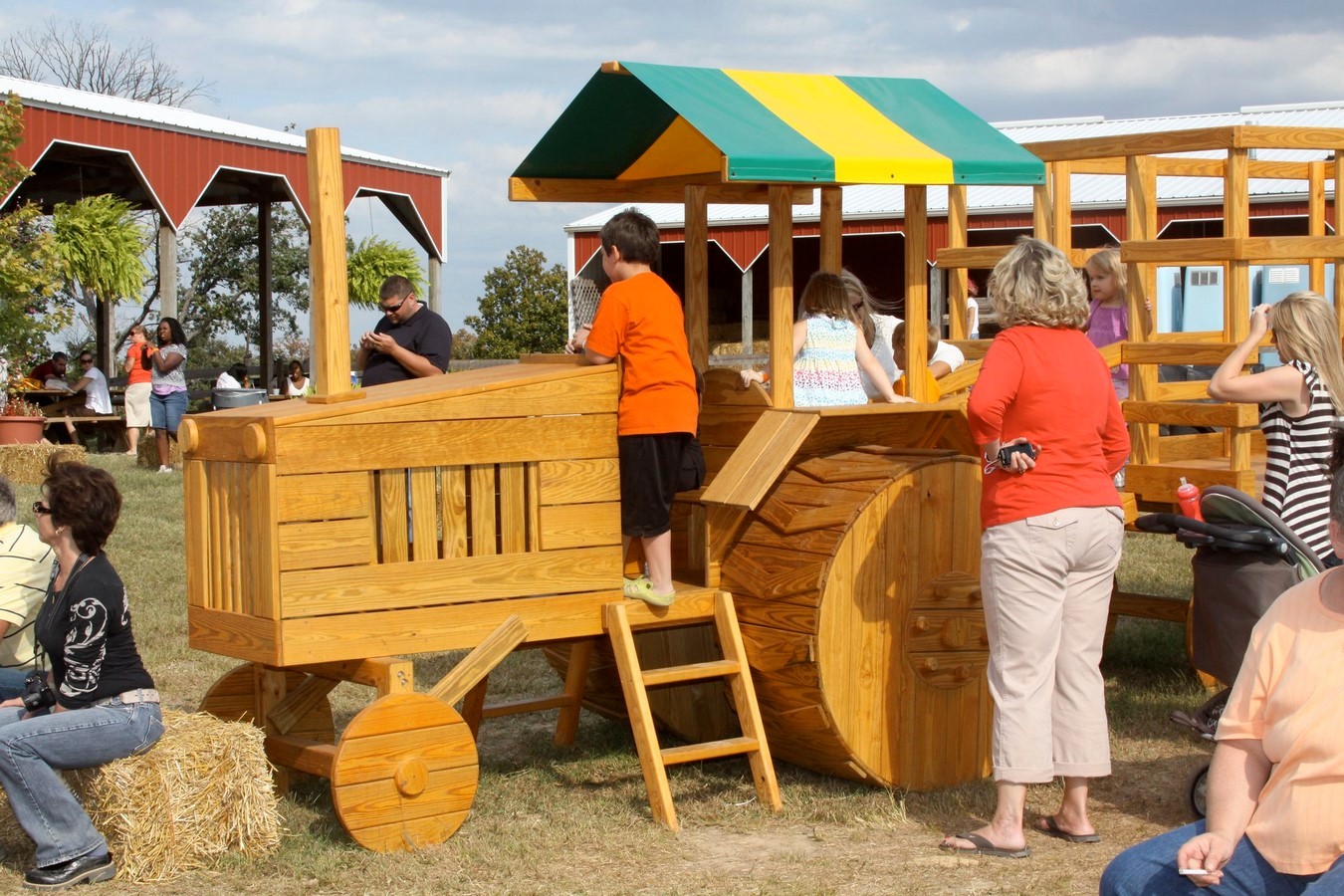Asobo, the Japanese word for “let’s play” is a jolly word often used by children when they want to get out on an adventure with their friends. There is an unconscious public stigma that playing is reserved only for immature, undeveloped children. A recent study shows that is not the case; reframing the definition of playing and integrating it into a lot of aspects of life will actually improve our well-being. One of the ways to blend the essence of playing into our lives is through architecture, so let’s get into it!
Human is a social creatures, and the capacity to play and engage in playful activities are essential aspects of human sociability across individuals, families and communities. When we connect with larger entities such as family, community and planet, it is a source of fun, happiness and joy for us. In the realm of health and well-being, community assets are explicitly important. Friendships, neighbours, and local groups fostered through collaboration involving public, private and voluntary sectors play a vital role in promoting health and well-being, therefore playing a vital role in promoting activities considered crucial for public health. Public activities can be facilitated in urban design specifically planned to support the well-being of the community.

Active learning encompasses various alternatives and strategies, including learning through play, technology-based learning, activity-based learning, group work, and the project method. These approaches share essential qualities and characteristics that define active learning. Unlike passive learning, which is teacher-centred, active learning places the learner at the centre and necessitates more than just passive listening. Active participation of every student becomes crucial in active learning, as students are required to actively engage in tasks while simultaneously reflecting on their actions and understanding the underlying purpose. This active involvement enables students to develop and enhance their higher-order thinking skills.
Originally active learning was developed for students with multiple disabilities, but the spirit of it can be carried through in a lot of area. Active learning prioritises flexibility, movement, and interactivity to heighten interaction, engagement with the environment, and a greater sense of interactivity. Recently, New Zealand’s government tested an urban design concept called the Neighborhood Play System. The Neighborhood Play System (NPS) is an innovative method for designing urban play spaces that prioritises the central role of children, referred to as “tamariki,” (a Maori’s term for children’s age below 14) in the process. Many children are no longer able to experience the playful upbringing that previous generations enjoyed due to various societal, environmental, technological, and economic changes.

There is a growing need for young people to have adequate time, space, and permission to engage in play. However, with the increasing structuring of their lives and limited free time, combined with the loss of traditional play areas like streets and driveways, heightened concerns about safety and risk, and a decline in social connections, the deprivation of play is becoming a significant concern at both national and international levels. Car-centric design limit children’s right to play, and it also affects adults’ physical and mental health. People of all ages need safe and clean streets, access to green spaces, things to do, the ability to get around and socialise with the community.
To activate the environment into an active playing and learning space, though it will depend on the area, current condition and policy, some criteria can be implemented and adapted to various urban regions. For example, an area that is more than just a passive environment that prioritises car movement, an environment that encourages meaningful play and exploration, dedicated play spaces and designated play areas, and community spaces that encourage physicality and embrace play and risks.

In conclusion, embracing the concept of play and integrating it into various aspects of our lives can positively impact our well-being. Architecture and urban design offer an avenue for infusing the essence of play into our communities. Recognising the social nature of humans, community assets such as friendships, local groups, and collaborative spaces play a significant role in promoting health and well-being. Transforming urban environments into active learning and playing spaces requires careful consideration and adaptation to each area’s specific needs and contexts. Criteria such as prioritising movement, encouraging meaningful play and exploration, dedicated play spaces, and community areas that embrace physicality and risks can activate environments that promote active play and learning. By addressing these concerns and designing inclusive, play-friendly spaces, we can reclaim the joy of play and create healthier, happier communities for people of all ages. Playing and learning should not be limited to children; it is a lifelong activity that should be encouraged throughout human existence.
References:
- Peppermint Magazine. (2023). Why Plays Are Great for Mental Wellness. Peppermint Magazine. Retrieved from https://peppermintmag.com/why-plays-great-for-mental-wellness/
- Chan, J. S. Y., Li, A., Yu, J. J., & Xiong, Q. (2021). The Impact of Theater Arts on Mental Health and Well-being: A Systematic Review of Clinical Interventions and Meta-Analysis. Frontiers in Psychology, 12, 677620. Retrieved from https://www.ncbi.nlm.nih.gov/pmc/articles/PMC8665352/
- Sport New Zealand. (n.d.). The Neighbourhood Play System. Retrieved from https://sportnz.org.nz/resources/the-neighbourhood-play-system/
- Elgin, Gisborne, Tairāwhiti. (February 2022). Cobham School Neighbourhood Play System.
- Kamuhemu, T. (September 2022). Neighbourhood Play System. Stanhope Road School. Play System Lead, Sport Auckland.














